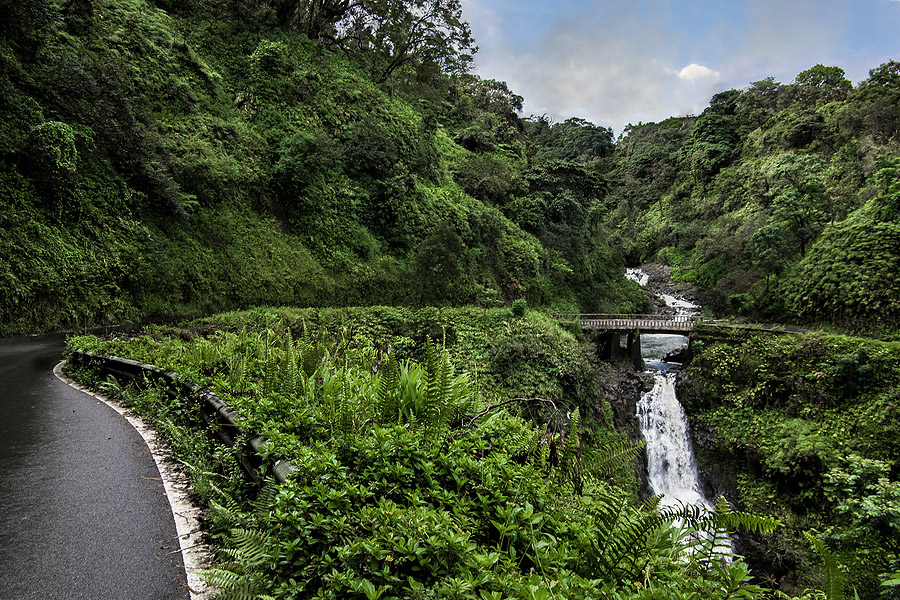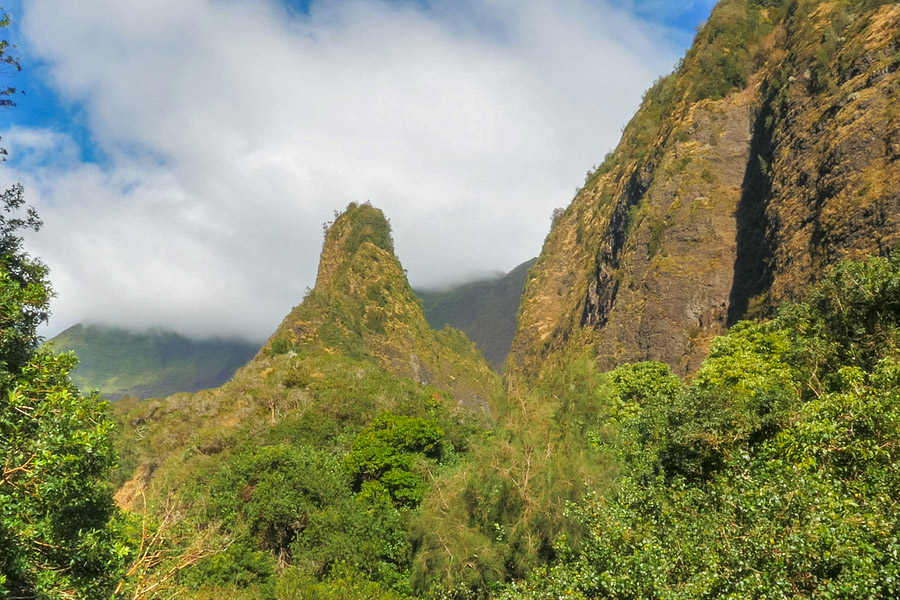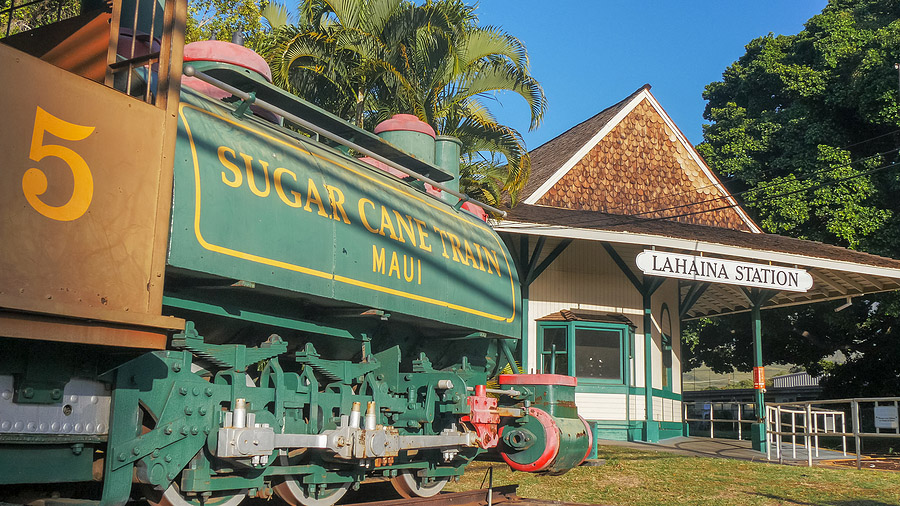5 Must-Do Activities in Maui

To a lot of people, Maui is an enchanting place. Some even consider it as Oahu’s antithesis: Waikiki is all about fast-paced (or as fast-paced as Hawaii goes) excitement and experiences, but Maui is all about being laid back and taking time.
And while the island is considerably smaller than Oahu, there is actually quite a lot to do here. From its tallest summit to its beaches and beyond, Maui offers different experiences that showcase its uniqueness and beauty.
If you only have a few days to spend on Maui, here’s our list of top things to do while you’re there to maximize what the island has in store for its visitors. Obviously, this list is by no means extensive. In fact, it’s not meant to be, but these activities are certainly worth your time and effort especially if you want to check out the entire island (or as much of it as possible).
Quick Note: At the time of writing this blog post, car rental companies are completely booked for the next few months. If you’re planning on renting a car while you’re in Maui, it’s best to reserve a car now if you can. If you’re unable to get a rental car, then your best alternative would be to use rideshare services such as Uber and Lyft. We recommend going on guided tours especially when visiting Haleakala and going on the Road to Hana.
1. Molokini Snorkel
In a nutshell, Molokini is one of Hawaii’s most popular snorkeling destinations, and for good reasons: it’s a protected marine conservation area and being less than 200 feet from Maui’s closest shoreline means that this underwater paradise has been spared the usual damage brought on by beachgoers. This crescent-shaped strip of land acts as a landmark for what lies beneath, which is an abundance of marine life that includes colorful fish, amazing coral formations and on some occasions, sea turtles.

The best way to experience Molokini is through a snorkeling tour company that specializes in taking visitors to Molokini and other snorkel destinations around the island such as Trilogy. They offer complimentary breakfast, barbecue lunch and premium cocktails aboard each run to Molokini. All snorkel gear is also provided aboard a vessel that’s expertly crewed.
In addition to Molokini, Trilogy also takes you to Turtle Town where you’ll have the opportunity to snorkel with Hawaiian green turtles.
A Few Pointers:
Most Molokini snorkeling tour companies used to provide transportation at an additional cost, but due to Covid-19 restrictions, this is currently not being offered. You’ll either have to catch a rideshare service, taxicab, or drive down to Maalaea Harbor to catch the tour.
It’s best to be ready for the water before you get on the boat. Wear sandals or slippers, wear your swimsuit underneath your regular clothes, and bring at least two towels for each person (one for laying on the boat deck and one for drying off).
2. Visit Haleakala

If you want something that’s totally unique and different for your Instagram feed, then a visit to Haleakala would fit the bill.
It would be an understatement to say that visiting Haleakala National Park is like visiting an alien world. This place just looks like something out of a sci-fi movie, with Mars-like terrain, and to some extent, even the flora looks alien as well. Being above the clouds also helps with the surreal setting. The landscape is painted with hues of reds, browns and blues, with greens sprinkled around the craggy rocks that contrast with varying degrees of greys and whites. It’s no wonder that ancient Hawaiian lore consider this place as “The House of the Sun.” Ancient Hawaiians also peg this place as the home of demi-god Maui’s grandmother, and it’s also where he roped the sun to slow it down, resulting in longer days.
And if that’s not enough, Haleakala is also the best place to watch the most spectacular sunrises and sunsets you’ll ever see. Perhaps Mark Twain said it best when he described witnessing a Haleakala sunrise: “The most sublime spectacle I’ve ever witnessed.”
While it’s definitely possible to witness a Haleakala sunrise or sunset by driving there, it’s best to go on a guided tour like our Haleakala Sunrise Tour. A guided tour saves you from paying the park entry fee and going through the rigamarole of making the requisite reservation to enter the summit district. Leaving the driving to someone else also gives you the convenience of really soaking in the sights without worrying about the road. The convenient hotel pick-up is also a plus. Did we mention that the tour also includes a delicious breakfast provided by local favorite Café O’ Lei? Why yes, it does.
A Few Pointers
Dress warmly. You’ll be visiting a high-altitude location so temperatures will be quite cold, even during summertime. If you’ve been scuba diving during your stay in Maui, it’s best to wait at least 72 hours before going to the summit.
If an early morning sunrise tour just isn’t your thing, then a Haleakala Sunset Tour would probably be a good alternative. You’ll still witness something truly spectacular plus dinner is included.
3. Go on the Road to Hana
You’ve seen Maui’s blue waters and orange-tinged skies. Now it’s time to explore Maui’s verdant side. Dense forests, spectacular waterfalls and awe-inspiring coastlines are what the Road to Hana is all about. This winding road extends throughout the island’s eastern side, which is predominantly composed of protected parks. You’ll also get to see volcanic rock formations and lava tubes that serve as reminders of the island’s geologic past.

Make no mistake: There’s a lot to see and do along the road to Hana. This is why a lot of Road to Hana tours start early in the morning (6:30 or 7:30 in the morning) and end in the evening (around 6:30 pm or so). Most tours are jam-packed with sights, photo opportunities, food stops, and even include a chance to spend some time to go swimming at one of the waterfalls along the way.
It’s also easy to miss popular spots if you’re driving on your own, which is why we recommend going on a guided tour like our Road to Hana Adventure Tour. Convenient hotel pick-up is included along with breakfast and lunch.
A Few Pointers:
If you’re going on our Road to Hana Adventure Tour, make sure to bring a towel and a bathing suit or swimming trunks for your stop at Pua’a Ka’a State Park where you’ll have an opportunity to go swimming at Pua’a Ka’a Falls.
While breakfast and lunch stops are included, feel free to bring your own water bottle and light snacks just in case you feel a bit peckish.
The lunch stop at Hana Farms allows you to purchase your lunch on your own, but tour upgrades also include lunch where you can select one of three lunch options.
4. Visit ‘Iao Valley State Park
Now that you’ve seen the eastern part of the island (which, by the way, is the biggest part of Maui), it’s time to check out the west side, and one of the most popular visitor attractions on this side of the island is ‘Iao Valley State Park.
Touted as one of the wettest places in Hawaii (and perhaps the world), ‘Iao Valley State Park receives about an inch of rain per day on average. This has contributed to the park’s lush vegetation, most of them serving as living historical representations of pre-contact Hawaii. Given that ‘Iao Valley once supported tens of thousands of Hawaiians who relied on the valley for agricultural purposes, it’s one of the most fascinating aspects of Maui island culture that you’ll ever see.

The valley has several paved and well-marked trails that you can venture on to see more of the park. We recommend going on these trails, but please stay within marked areas as locals—especially those who are well versed in Hawaiian history and culture—consider this entire valley as sacred ground.
Among all the highlights of ‘Iao Valley State Park, perhaps its most famous attraction is ‘Iao Needle (also known as Kuka’emoku). It’s essentially a narrow peak jutting out of the valley’s landscape pointing skywards. This natural formation is associated with Kanaloa, the Hawaiian god of the ocean. ‘Iao Needle can be seen at various vantage points around the main park area, but there’s also an observation deck that makes it easier for visitors to see it and take photos.
A Few Pointers:
Visit the park on your own, especially if you want to explore the park’s trails. Most sightseeing tours only highlight the needle and not much else, but there’s so much more to the park than just ‘Iao Needle. However, if you do want to go on a guided tour that includes ‘Iao State Park, our Best of Maui Tour would be perfect.
A visit to the park shouldn’t take more than 1 to 1.5 hours, which leaves you with plenty of time to explore other areas of the island on your own. We recommend checking it out in the morning and then visit Lahaina for lunch and an afternoon of sightseeing.
5. Spend an Afternoon in Lahaina
We’ve seen much of Maui if this point with the exception of West Maui. It’s the only part of Maui that we haven’t looked at, and the epicenter of West Maui’s activities are located within the town of Lahaina.

Once a busy whaling port-of-call and the seat of royal Hawaiian power at one point in Hawaii’s history, Lahaina is brimming with fascinating points of interest that have contributed to Hawaii’s rich history. The town is peppered with historical sites, museums and old cannons that give you a glimpse of what it was like to live in 19th-century Maui. Some of these sites include Hale Pa’ahao Prison, Hale Aloha, the Baldwin Home Museum, The King’s Taro Patch, and Hauola Stone. Don’t forget to visit the Lahaina Banyan Court, which is home to the largest banyan tree in the United States.
Travel along Front Street and you’ll find quaint shops and excellent restaurants. Lahaina is also home to many art galleries—perhaps the largest concentration of art galleries in any town within the state.
Pointers:
Free public parking is available on the corner of Front and Prison Streets, but there are also other parking options that may be nearer to where you want to be. Expect to spend around $5-$10 to park for the entire day.
There’s a “Lahaina Historic Walking Tour” that you can do on your own. The tour covers 28 best historical sites within the town in an easy and walkable proximity.
